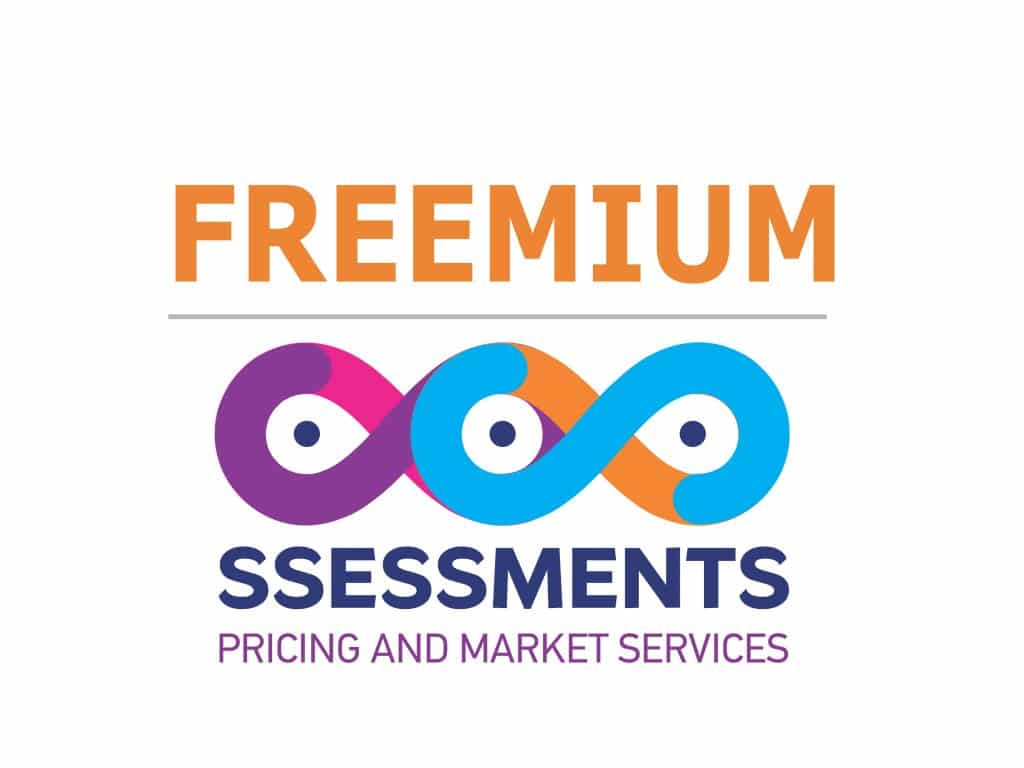According to International Energy Agency (IEA) website publication on Renewables 2022 Analysis and forecast to 2027 report:
India’s biofuel demand and production increase 70% or 2 400 MLPY over 2022- 2027 in the main case, thanks primarily to its goal of reaching 20% ethanol blending by 2025 and buoyed by rising gasoline demand. The government requires that ethanol demand be met with domestic production, and in its updated National Biofuel Policy it has reiterated its aim to blend biodiesel at a rate of 5% by 2030. It is also exploring biojet fuel opportunities but has introduced no specific requirements or incentives to stimulate demand and production, limiting growth prospects. Overall, this year’s main-case forecast is similar to last year’s.
Ethanol demand and production increase by 70% or 2 360 MLPY, with India supporting its 20%-by-2025 ethanol blending target with guaranteed ethanol pricing per feedstock and offering financial support for new ethanol production (these policies already boosted blending from 4% in 2017 to more than 9% in 2021). Gasoline consumption also rises 8% over the forecast period, contributing to ethanol demand growth. Already, in 2022 we expect ethanol demand and production to increase by 35%, or 1 200 MLPY.
India’s ethanol prices have remained low relative to other regions because it makes ethanol primarily from surplus sugar and molasses. While the average sugar price in 2022 was 50% higher than 2019, the cost of corn rose 80%.(19)
Nevertheless, several challenges may impair ethanol uptake in India. For instance, a significant portion of India’s vehicle fleet, especially two-wheelers, may be incompatible with E20 blends. Although India is working to expand its number of new compatible vehicles, replacement time is a forecast uncertainty. Furthermore, while the country has ample feedstocks to support the level of ethanol expansion envisioned, grain-based production capacity has yet to be enlarged to supplement sugar-based ethanol manufacturing. India estimates grain-based ethanol will provide 46% of its supplies.
For biodiesel, renewable diesel and biojet fuel, a lack of policy support limits growth in our main case. We therefore assume biodiesel blending remains below 1%, following the historical average, and no use or production of renewable diesel or biojet fuel is planned. While India does endorse 5% biodiesel blending by 2030 in its updated National Biofuel Policy, it has yet to announce specific policies to achieve this target. Should it pursue this goal, it could draw on its potentially considerable supply of collectable used cooking oil, which could support 2.5% blending.(20)
In the accelerated case, biofuel demand expands by 8 500 MLPY, more than triple the main case. In this scenario, ethanol blending reaches 20% because India expands its grain-based ethanol production capacity, allows some imports and overcomes vehicle compatibility issues. Biodiesel blending reaches 3.5% with the use of used cooking oil, and biojet fuel demand reaches 0.5% thanks to blending.
(19) Based on USDA data for world raw sugar prices and US corn prices.
(20) India has an estimated 1.5 million tonnes of used cooking oil collection potential, which could meet 2.5% of India’s diesel demand in 2027
Tags: AlwaysFree,Bio/Renewables,English,ISC,India
Published on January 2, 2023 10:05 AM (GMT+8)Last Updated on January 2, 2023 10:05 AM (GMT+8)


